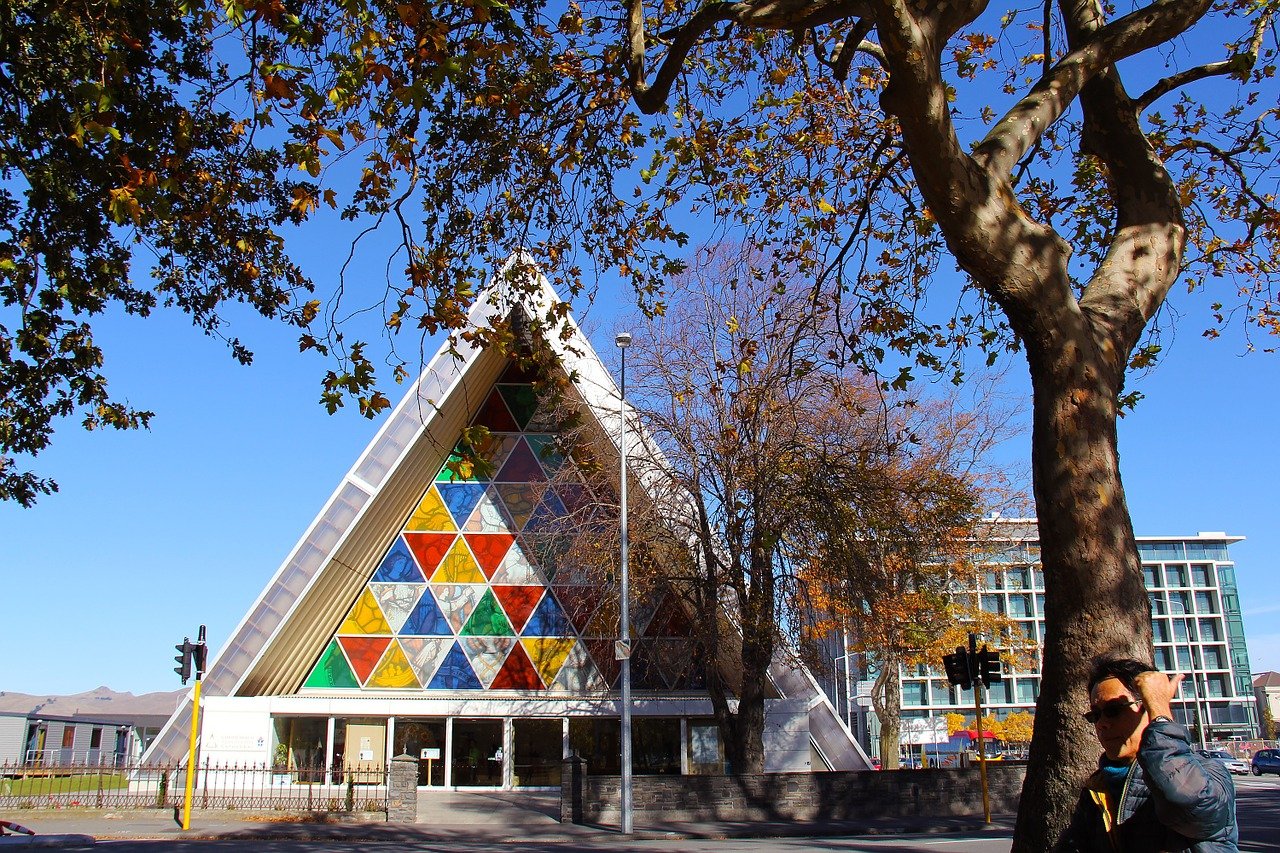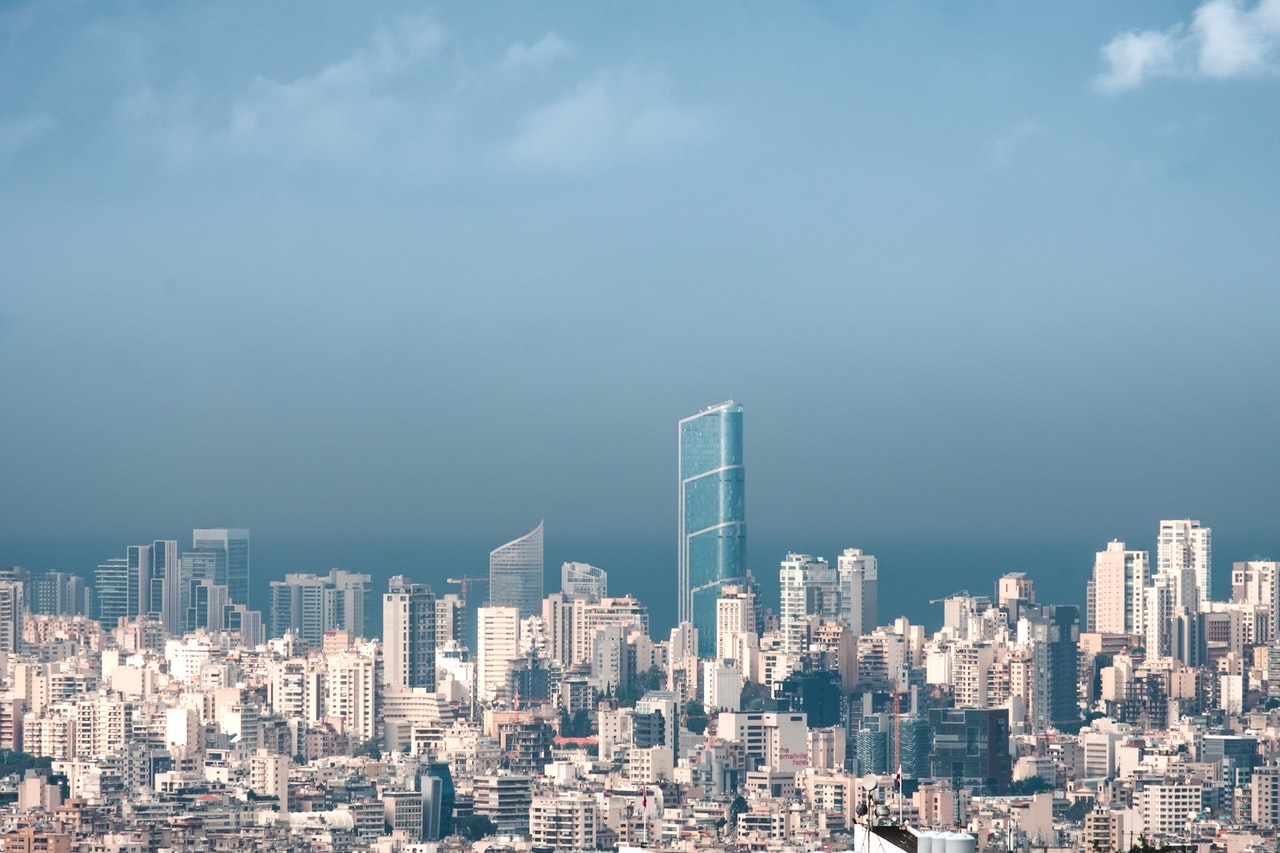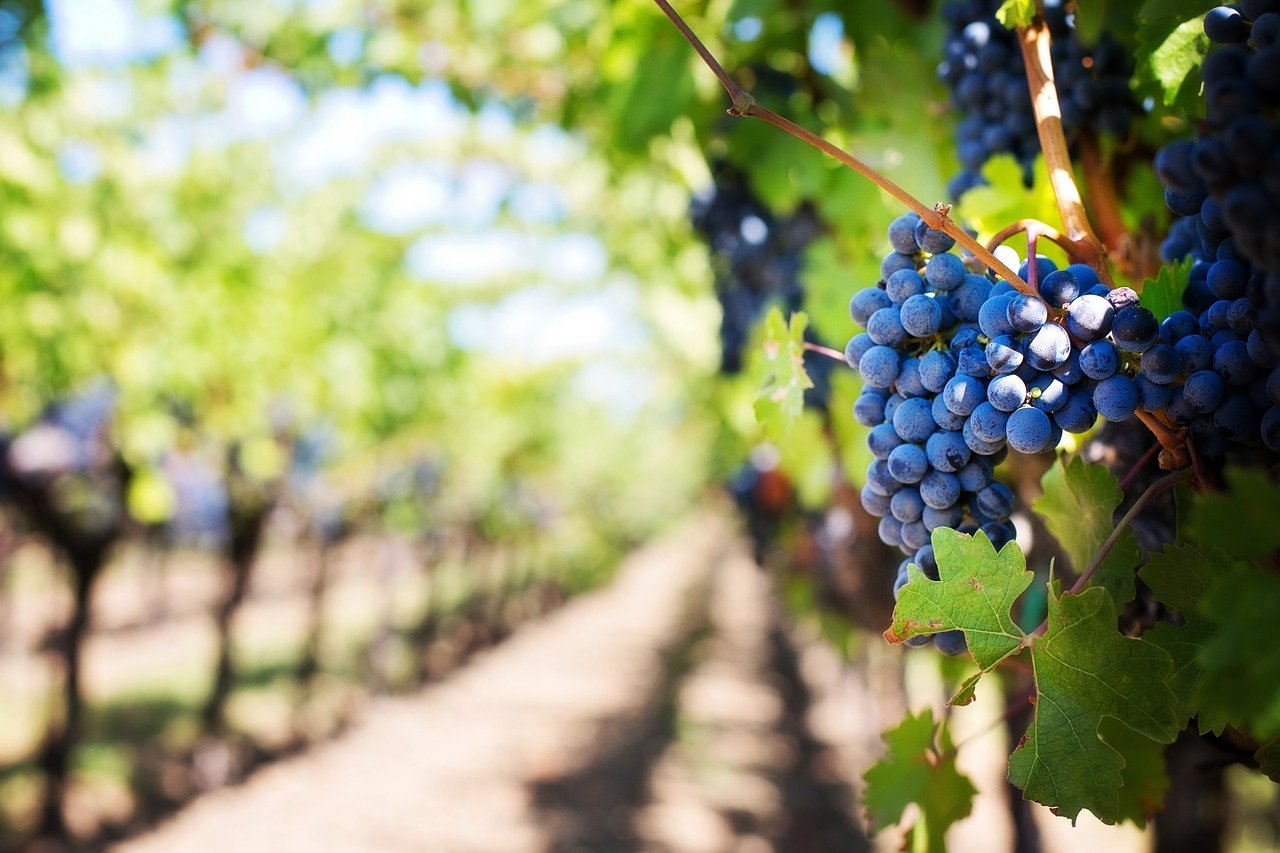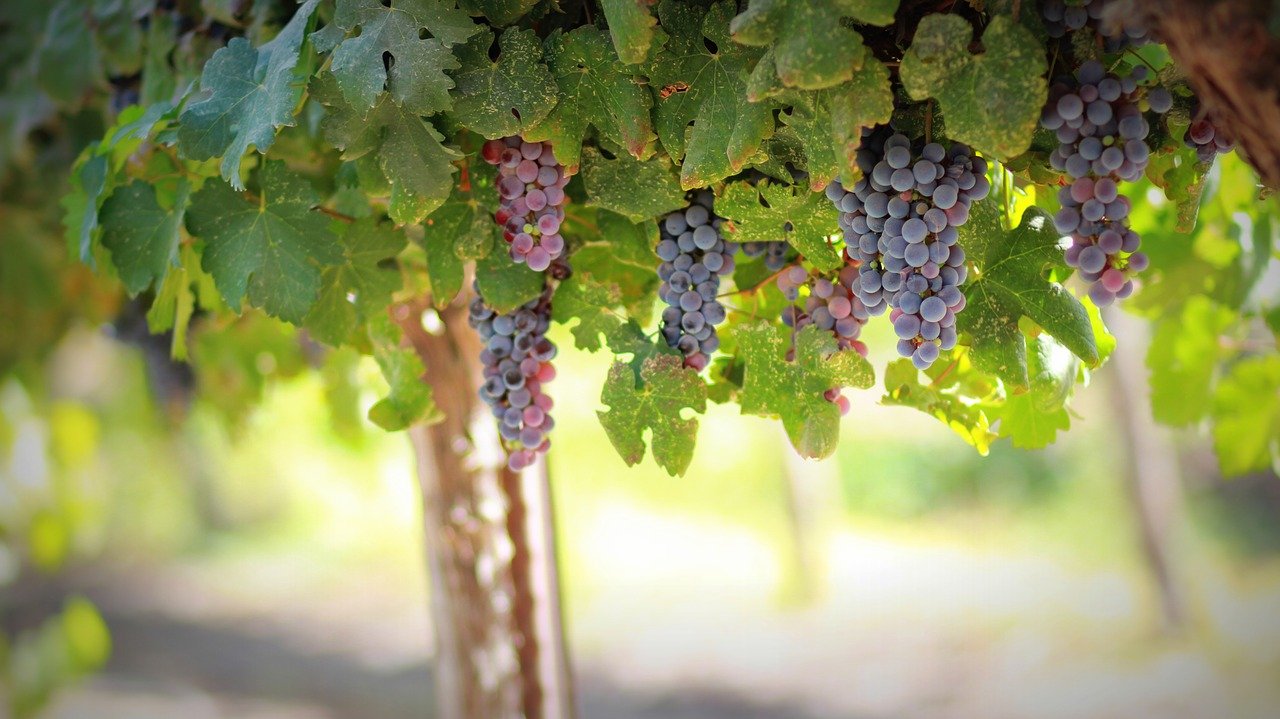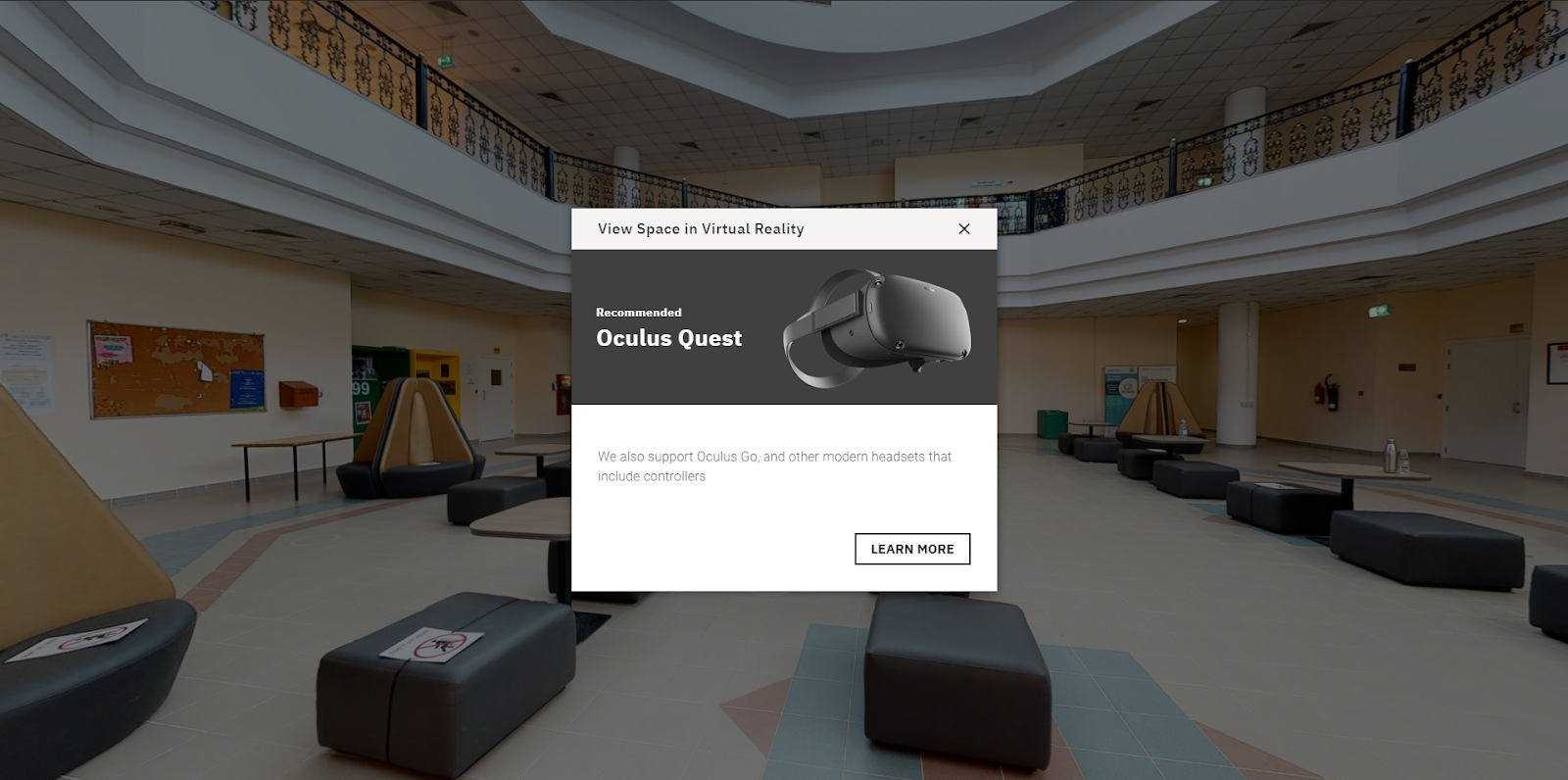Architects and construction companies are constantly pushing boundaries and using new methods to deliver ground-breaking projects that meet budgets and incorporate the latest technology. They are also built with safety and sustainability at the heart of their key performance indicators.
The world is full of amazing design work and buildings that make you stand for an extra second and applaud how they’ve been constructed. Today, we’re going to share five of the most innovative buildings in the world – with each one embodying technology, safety, and sustainability.
Cardboard Cathedral by Shigeru Ban (New Zealand)
Back in February 2011, a 6.3-magnitude earthquake hit Christchurch, New Zealand, devastating the iconic Christchurch Cathedral. To prevent a reoccurrence, Japanese architect Shigeru Ban – who picked up the 2014 Pritzker Architecture Prize – designed a cathedral to last 50 years rather than forever – with a more a permanent fixture needed after a half of a century.
Speaking on the design, he said: “People don’t die in earthquakes, they die in buildings that collapse in an earthquake. You don’t usually find architects on the scene after a disaster, building temporary housing. We’re so busy with projects for the privileged classes.”
The triangular-shaped cathedral rises over 24 metres and is made from 98 paper tubes spaced 150 millimetres apart. Eight shipping containers make up the wall structure, while the roof is made of polycarbonate and the floor is concrete. With a capacity of 700 people, the cathedral has given people a new lease of life when they use it as a gathering place for the local community.
Bank of America Tower (New York City)
The Bank of America Tower is a 1,200 feet skyscraper in Manhattan. You could be excused for not automatically thinking it’s a building with sustainability at its core – but it does.
Floor-to-ceiling window glazing traps heat and maximises natural light. The building also collects rainwater to reuse throughout the structure. The billion-dollar building was the first skyscraper to be awarded a coveted platinum rating for Leadership in Energy and Environmental Design.
Built in 2009, the skyscraper is still a cutting-edge piece of architecture and given its purpose as a bank, should be celebrated for its green approach.
The Dee and Charles Wyly Theatre (Dallas, Texas)
When it comes to the innovative use of an aluminium extrusion, the Dee and Charles Wyly Theatre in Texas is up there as one of the best examples. Designed by Joshua Prince-Ramus of REX and Rem Koolhaas of OMA, the theatre opened in 2009 – with the upper part of the building clad in tubular aluminium.
One of the most redeeming features of the auditorium is the glass walls that have blackout blinds, which can be opened to reveal the city and allow people to catch a glimpse of the performance from outside.
The seating and the stage are also designed to be reconfigured to suit different types of performance. The Wyly is situated on the south side of the AT&T Performing Arts Center complex and has an iconic presence in Dallas.
The Edge (Deloitte Head Office, Amsterdam)
Created by PLP Architecture in 2015, Deloitte’s state-of-the-art Amsterdam head office, known as the Edge, is at the top of the list when it comes to sustainability, after receiving the highest score ever from the British rating agency BREEAM. It was dubbed “the smartest building in the world” after completion.
The building uses technology to achieve optimum resource efficiency while creating a collaborative work environment for its staff. LED panels that contain approximately 28,000 sensors to track motion, light, temperature, and humidity, creating a unique artificial network that reacts to its surroundings.
A smartphone app is even connected to the building, directing staff to free parking spaces, free desks, and allows users to tailor lighting and temperature to their preference.
Eco Park (Forest Green Rovers)
This building is yet to be constructed, but the story of Forest Green Rovers as Britain’s most unique football club – and their plans for a new stadium – is one worth telling. Under the ownership of entrepreneur Dale Vince, they became the world’s first 100 per cent vegan club.
Their current ground, the New Lawn Stadium, has elements of sustainability, with 180 solar panels on the south stand generating 10 per cent of the electricity required to power the stadium. In 2019, planning permission was granted for an almost all-wooden stadium – the first of its kind in football.
Designed by Zaha Hadid Architects, the 5,000 capacity ‘Eco Park’ is set to be the greenest football stadium in the globe. Almost every element will be constructed of sustainably sourced timber, including the structure, roof cantilevers, and louvred cladding.
And that’s the list of five of the most innovative buildings in the world, with everything from technology to sustainability at the heart of architectural brilliance. With so many skilled professionals and companies inspired to push the boundaries of innovation, the future of architect is an exciting one. What will they come up with next? Who knows, but it will be worth the wait, that’s for sure.
Sources
http://www.sotech-optima.co.uk/sotech-optima-xpc-aluminium-extrusion/
https://www.bloomberg.com/features/2015-the-edge-the-worlds-greenest-building/
https://www.dezeen.com/2013/08/06/shigeru-ban-completes-cardboard-cathedral-in-christchurch/

